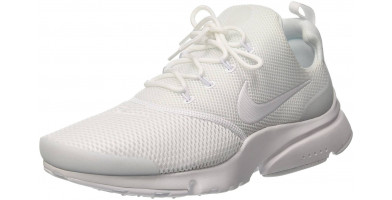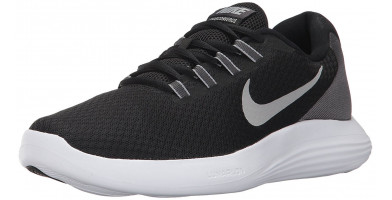Nike Tanjun Racer Fully Reviewed and Tested Review Facts
Much has been said about Nike, the brand of athletic apparel that releases new and exciting products multiple times a year. Throughout the years, their products have appealed to athletes, fitness fanatics, fashion freaks, and casual comfort lovers with their athleisure apparel. Although they have since branched out into sports products, jackets, bags, and other accessories, it was their running shoes that first put Nike on the map. They understand that this was and still is their core appeal, which is why they continue to release excellent performing and fantastic looking shoes to this day. The Nike Tanjun Racer is just one of many exciting Nike products to come out as of late, offering a highly breathable and cushioned design with an aerodynamic low cut that is sure to garner praise from couch potatoes to 5K runners alike.
Outsole
The Nike Tanjun Racer uses synthetic foam for both its midsole and outsole. The choice to adopt this material for its outsole in lieu of traditional hard rubber comes with its benefits and caveats. The most significant benefit is a reduction in the weight of these shoes, which will be much appreciated among runners who engage in
speed drills.
This design also offers a greater degree of flexibility underfoot, particular around the forefoot with the addition of several horizontal grooves. The most notable downside to this design decision is durability since foam will be more susceptible to damage and will degrade faster than rubber. This design choice will also come at the expense of traction, although the addition of shallow lugs with small dimples helps to offset this discrepancy to a point.
Midsole
Although it is made from nearly identical material to the Nike Tanjun Racer’s outsole, the midsole of these shoes is a separate piece. This allows Nike to use EVA foam material that is more comfortable for the wearer’s foot by placing less emphasis on density and more on cushioning.
Although less commonly seen as outsole material, this form of foam is a common midsole component due to its ability to easily absorb the shock of repetitive foot impacts and explosively respond to them in a manner that drives the wearer’s foot forward. This is yet another design feature that will appeal to sprinters and other speed-focused
runners.
Upper
The Nike Tanjun Racer has an upper that is very lightweight, much like the rest of the shoe. In addition to weighing so little, the design of its upper portion is predominantly comprised of synthetic mesh, which offers the dual benefits of cushioning and breathability.
As the most visible aspect of the shoe, this upper endows the Tanjun Racer with an aesthetic that is both futuristic and minimalist, making it easy to coordinate with other aspects of the wearer’s outfit. However, much like the shortcomings of its bottom half, this portion of the shoe isn’t very durable, with some reviewers stating that it began to fray not too long after it was used.
Weight
Unfortunately, no information is available online regarding the average weight for a pair of these Nike running shoes. Based on the material used for its construction, a reasonable estimate would place them somewhere in the range of 6 to 8 ounces. This makes the Nike Tanjun racer exceptionally lightweight and nearly places it in the same
weight class as minimalist road running shoes, much like those created by Vivobarefoot. The design decisions that were made to achieve such a low weight for these shoes come with the unfortunate side effect of greatly diminishing its durability. However, many runners who only want to use these shoes in low-intensity environments for short speed running sessions should appreciate the Tanjun Racer in spite of this fact.
Breathability
As was previously mentioned, these shoes are exceptionally breathable. Thanks to the highly perforated synthetic mesh used to manufacture its upper portion, cool air is free to enter the inside of this shoe, spread through its internal footbed, and exit with any excess heat in order to keep the wearer’s feet cool and dry.
The low ankle cut of the Tanjun Racer also improves its breathability by preventing the wearer’s ankles from being suffocated, ensuring that they maintain a comfortable temperature as well. Finally, the lightweight design of these Nike runners all but eliminates the need for ventilation in the first place, since the lack of significant effort required to move these shoes while on the wearer’s feet will prevent excessive heat from being generated. As a result, these shoes are ideal for use in warmer environments.
Comfort
In order to ensure a greater degree of comfort for the wearer, the Nike Tanjun Racer has additional padding around its heel collar and tongue. This will ensure that even if the wearer has these shoes tightly fastened to their feet, they won’t feel any chafing or abrasive contact with their skin. While the midsole does an admirable job providing underfoot cushioning and
shock absorption, these shoes lack any additional insole padding due to the need to keep the product’s weight so low. Fortunately, this can be mitigated by adding an orthotic insert to these shoes, which may be necessary for individuals who are prone to running injuries such as plantar fasciitis.
Style
Tanjun is a Japanese word that means simplicity. True to its namesake, the Nike Tanjun Racer is a running shoe that emphasizes simplicity as its core design aesthetic. Despite featuring some impressive technology, the outward appearance of these shoes is very minimalist with few intricate details and a subdued color palette. Speaking of color, these shoes come in a wide variety of colorways that range from cool to warm, making it easy for customers to pick a style that will best suit their fashion sense and wardrobe. In typical Nike fashion, all versions of the Tanjun Racer feature their trademark Nike swoosh logo in a prominent position along both their lateral and medial sides.
Durability
While much can be said about what the Nike Tanjun Racer does well, one design aspect that is disappointing about these running shoes is its durability. Thanks to the pursuit of a lightweight and simplistic design, little thought has been given to providing these shoes with any real resiliency to abrasion or contact with road hazards.
This can be most prominently observed on the bottoms of these shoes; the outsole is much more susceptible to damage due to Nike using foam for its construction rather than rubber. The soft synthetic mesh used for the Tanjun Racer’s upper is similarly fragile, with many customers observing tearing and split stitching on this portion of the shoe after only a few running sessions. Unfortunately, it appears that these
Nike shoes were not built to last.
Protection
In much the same way that these shoes fail to provide adequate durability, the Nike Tanjun Racer won’t offer much protection for the wearer’s feet. Although the padded material added to the collar and tongue of these shoes will provide an adequate amount of cushioning to protect the wearer from chafed skin around these points of contact, the shoe itself won’t be able to provide any form of defense from environmental hazards.
Unlike trail running shoes, the Tanjun Racer has no toe guard to prevent bits of gravel or cracks in the pavement from catching and potentially bruising the wearer’s toes. Additionally, the outsole of this shoe is made from a much weaker material, meaning that any underfoot
protection provided by it from the get-go will be minuscule and will only degrade further with time.
Responsiveness
Usually, the most responsive part of a running shoe is its midsole since the material used normally in its construction ensures an explosive release of stored energy in a way that bolsters forward momentum. When considering the fact that the outsole and midsole of the Nike Tanjun Racer are made of essentially the same material, it can be safely stated that these running shoes have one giant midsole on the lower half of its design. As a result, it should come as no surprise that the Tanjun Racer is exceptionally responsive and almost doubles the feeling of satisfying feedback that is commonly associated with casual running
footwear.
Support
To put it frankly, these are not shoes designed for someone who requires supportive footwear. With its simplistic design, lightweight material, and lack of solid durability or protection, it should make sense that no real focus was placed on providing support for the wearer during the design process of the Nike Tanjun Racer. That said, the way in which the outsole and midsole of this shoe essentially meld together, due to the fact that they are made from near identical material, helps to provide more support underneath the wearer’s feet. With the addition of an orthotic insert or insole, this support can be bolstered to an even greater degree, although it is likely to deteriorate rather quickly due to the questionable durability of this shoe’s outsole.
Terrain
As a casual running shoe, the Nike Tanjun Racer is designed to function best on low-intensity running surfaces commonly encountered in a typical running session. They will provide the intended running experience when used on a sidewalk, for example, or a running track. Fields with soft grass, fresh soil, or artificial turf are also appropriate forms of terrain for these shoes, but anything harder than an asphalt road would be a bad idea. This is mainly due to the comparatively diminished functionality provided by the Tanjun Racer’s outsole, although the lack of protective features on its upper also contributes to this shortcoming. Finally, any sort of trail environment or steep incline is completely out of the question.
Price
When they were originally released, the Nike Tanjun Racer had a very affordable price tag that was less than $100. After a few years on the market and the release of newer Nike footwear models, this already very reasonable asking price lowered even further. Now, the average pair of these shoes will cost customers less than $50, making them an easily justified impulse buy. This extremely low price can also justify the design shortcomings of the Tanjun Racer to a degree; after all, it’s less painful to replace a $40 pair of shoes than it is to replace a $140 pair. The only caveat to this price is that some sizes and colorways of these shoes are much harder to find, due to production being halted on this model, resulting in grossly inflated costs for a few specific models.
Traction
Considering the fact that these running shoes are designed only to be used in casual running situations and environments, it makes sense that traction wasn’t a major concern in the design process. To be fair, some elements are present in the design of the Nike Tanjun Racer that gives it some semblance of a grip on running surfaces. Thanks to the shallow grid-like tread pattern found on the underside of this shoe’s foam outsole, accented by several small dimples, runners should expect enough underfoot traction to facilitate a smooth running pace without causing them to slow down. The unfortunate downside to these shoes, however, is that this comfortable feeling of traction is going to degrade very quickly as their outsole does.
Flexibility
Normally, a running shoe’s midsole offers enough
flexibility to strike a balance in terms of control and comfort for the rest of the shoe. This only really applies in situations where this middle portion of the shoe is thin enough to be bent but thick enough to add stability. While the midsole of the Nike Tanjun Racer meets these design requirements, the similarly constructed outsole of these shoes functions as an extension of it, making the entire bottom half of the shoe function as one thick midsole.
As a result, the Tanjun Racer feels much less pliable on its bottom half as runners may expect from its appearance and design. Fortunately, the upper half of these shoes are extremely flexible thanks to its thin mesh fabric construction, offsetting any discomfort that could have occurred from excessive underfoot rigidity.
Stability
As was previously mentioned, the bottom half of the Nike Tanjun Racer essentially functions as one giant midsole. Because of this, the stability normally provided by this core running shoe component is amplified, providing an extremely rigid feeling on the bottoms of the wearer’s feet. This effect can be further amplified if the wearer tightens the upper’s fit on their feet to prevent excessive movement. However, this feeling of rigid control is going to deteriorate rather quickly as the Tanjun Racer’s outsole degrades from repetitive stress.
Drop
Although no exact measurement is available for the difference in elevation between the Nike Tanjun Racer’s heel and forefoot, a visual estimate would place it at 5 to 9 millimeters. This is common among casual running shoes like these, and it provides runners who prefer to strike the ground with their heels a slight benefit due to additional cushioning.
Key Features
- Hard foam outsole with shallow treading
- EVA foam midsole amplified by outsole design
- Synthetic and highly breathable mesh fabric upper
- Lightweight design with fairly high heel drop
- Extra padding around heel collar and tongue
Bottom Line
The Tanjun Racer provides most of the benefits runners have come to expect from Nike. They’re extremely fashionable, lightweight, and provide excellent functionality in regards to jogging and sprinting on low-intensity surfaces. However, this shoe also comes with a major design flaw in regards to its durability and protective capabilities. Customers who purchase a pair of these runners should expect the need to replace them within a few months. However, the low price and appealing visual design help to sell these shoes as appealing additions to any runner’s gym bag.


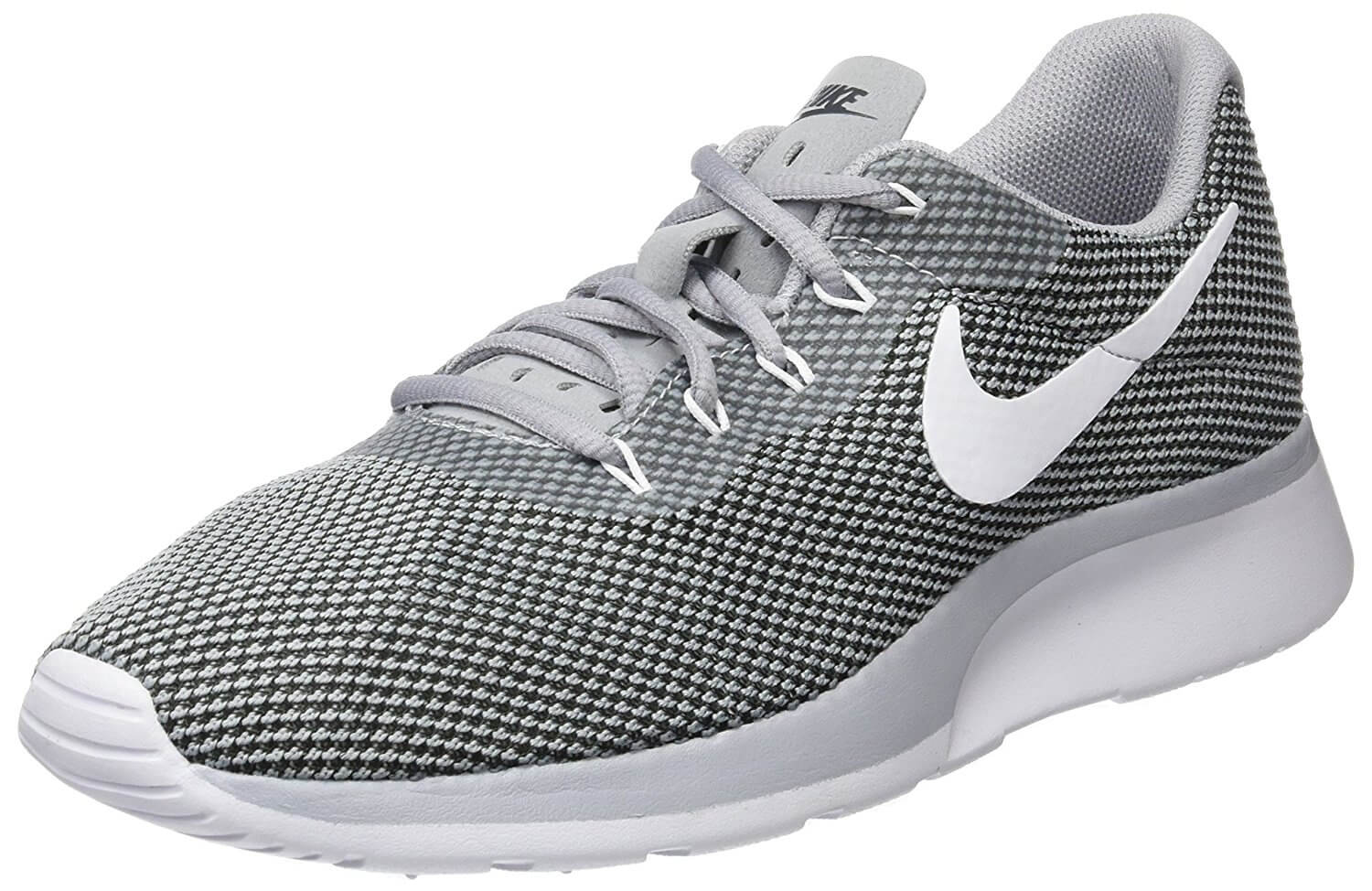
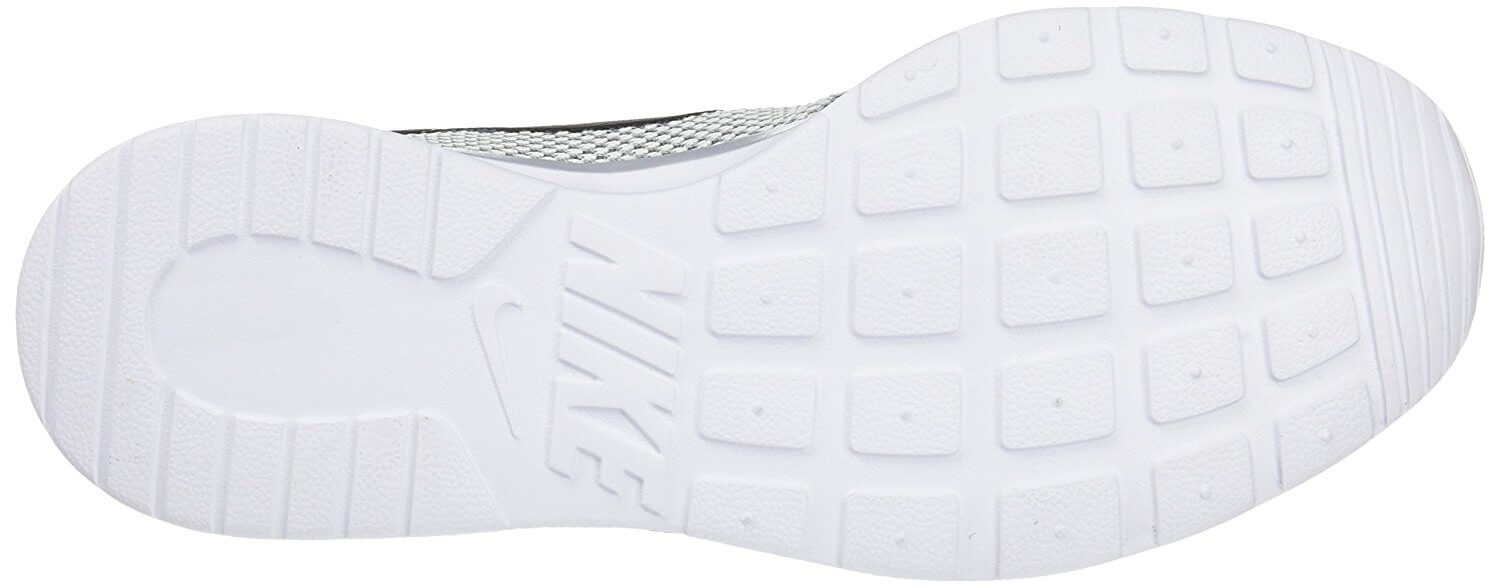
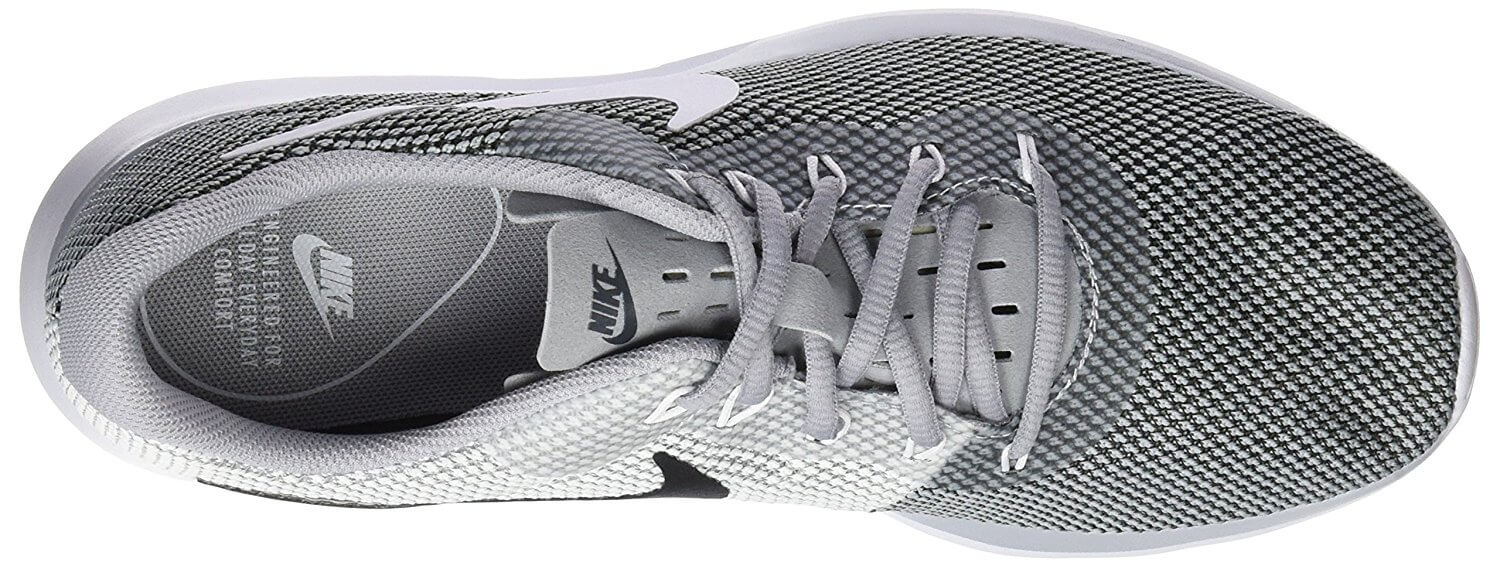
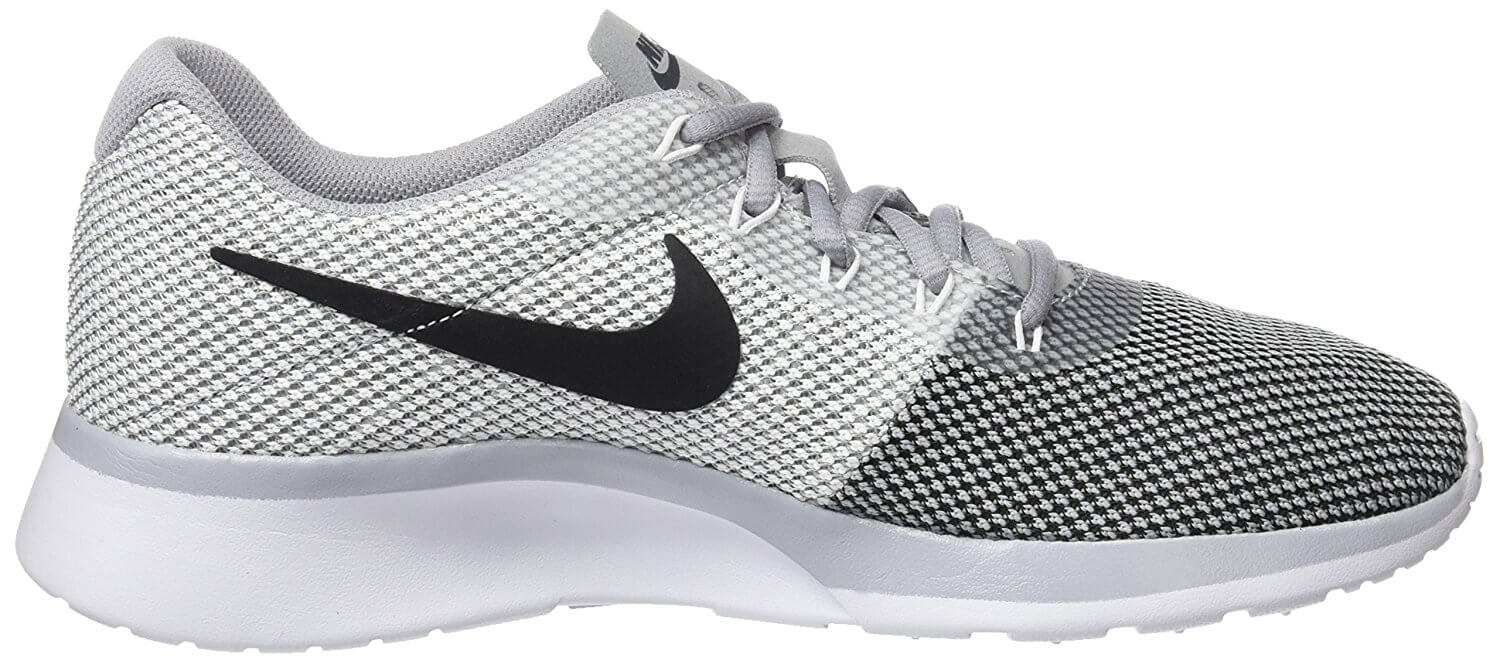







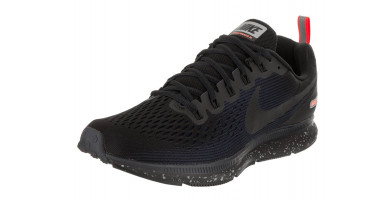
 10.0k
10.0k